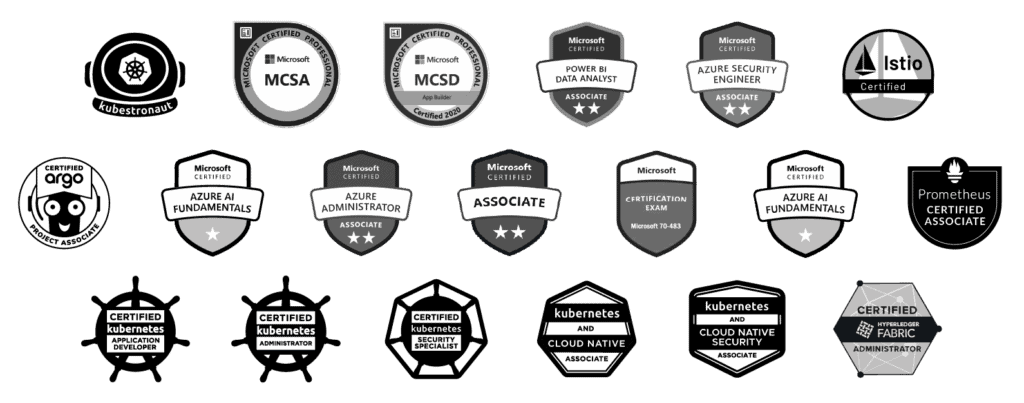
Ben Savage

Saurabh Sarkar
Let’s talk about Artificial Intelligence (AI) and Business Intelligence (BI)—two powerful tools that can really change how a business operates.
So, what’s AI all about? Simply put, it’s about using technology to mimic human thought processes. Think problem-solving, learning, and making decisions. Despite being in the early stages of development, AI is gaining traction across industries.
Now, on to BI. This involves using various technologies to collect and analyze data. The goal? To give businesses the insights they need to make quicker decisions. Companies using BI can make decisions faster than those that don’t.
While BI and AI have different roles, they complement each other in powerful ways. Understanding how they work together can help businesses streamline processes and improve outcomes.
What Does BI Do?
BI is all about making data collection and analysis more efficient. It helps companies enhance the quality of their data and maintain consistency. In practical terms, BI tools take heaps of data and turn it into something understandable. This makes decision-making smoother. Companies like Microsoft offer tools that help monitor daily activities, creating useful visualizations like dashboards and charts. In the last few years, adoption of BI solutions has skyrocketed.
What About AI?
AI aims to replicate how humans think and act. It’s all about learning from experiences and making informed choices. Developers often ask questions like: Can machines learn and adapt? The answer is a resounding yes, and this opens up incredible opportunities.
Unlike BI, which organizes data for human decision-making, AI can autonomously make decisions. For instance, chatbots can respond to customer inquiries without needing human intervention, streamlining service and improving efficiency.
Real-Life Applications
Now, let’s look at how BI and AI are applied in real businesses.
BI is often so ingrained in daily operations that many may not even notice it. If you’ve ever used a spreadsheet to analyze data, you’ve interacted with BI. Businesses use it to gather customer insights from various channels and present this data in a unified format. This helps them understand customers better and personalize their services.
AI, on the other hand, has a range of applications. It can enhance healthcare by improving diagnoses or optimizing logistics in retail. AI applications can handle a plethora of repetitive tasks that can then predict customer behavior, providing invaluable insight.
BI is often so ingrained in daily operations that many may not even notice it. If you’ve ever used a spreadsheet to analyze data, you’ve interacted with BI. Businesses use it to gather customer insights from various channels and present this data in a unified format. This helps them understand customers better and personalize their services.
AI, on the other hand, has a range of applications. It can enhance healthcare by improving diagnoses or optimizing logistics in retail. AI applications can handle a plethora of repetitive tasks that can then predict customer behavior, providing invaluable insight.
How BI and AI Work Together
So, how do BI and AI fit together? They serve different purposes but can enhance each other. BI tools help organize and visualize data, while AI generates actionable insights. By combining these technologies, businesses can analyze vast amounts of data and turn it into effective strategies.
All companies have a growing amount of data. But many companies struggle turning that data into knowledge. Modern tools like Generative AI can make this even harder as they don’t have built-in trust mechanisms.
At Veritas Automata, we’re all about harnessing the potential of BI and AI. Our solutions help businesses streamline processes and improve decision-making. Our AI-powered tools can provide valuable insights from your data, allowing your team to focus on what matters most.
Veritas Automata can help navigate the process of turning your raw data into knowledge, a super power for your business. Our offerings range from things as simple as dashboarding/reporting solutions to allowing you to converse with your data via custom/private Generative AI tools. We can even go as far as constructing custom machine learning models to help automate decision making.
Consider how integrating BI and AI can transform your operations. Instead of viewing these technologies as separate entities, think about how they can work together to solve challenges and drive growth.
Want to know more? Have a conversation with one of Veritas Automata’s data scientists to learn how we can help.




































